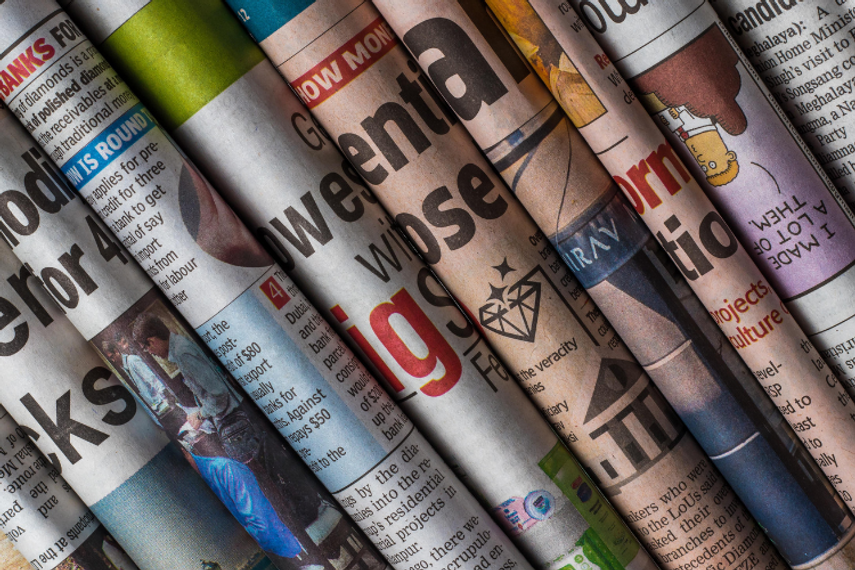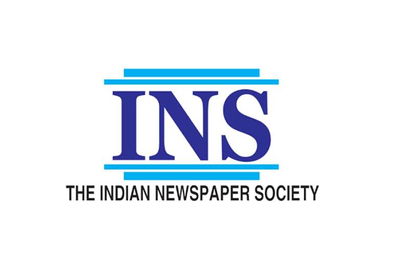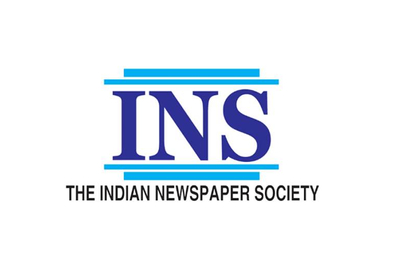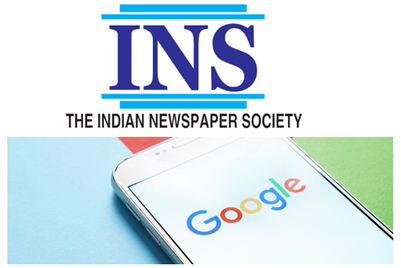
On 30 March 2022, the Indian Newspaper Society appealed to all its members to increase their advertising rates by 20%.
The intent for this appeal was due to Covid's impact on newsprint mills and the rise in newsprint prices which have now crossed US $1,000 (Approx INR 76,500) per MT (metric tonnes).
To gain relief from this economic pressure, the newspaper industry has also appealed to the Government to remove the 5% customs duty on newsprint. The publications are hopeful but are still awaiting a final verdict from the officials.
Campaign India checked in with newspaper publications to understand how the appeal will be their saving grace and how advertisers feel about it.
The intent for a hike in ad rates
The appeal for a 20% hike in ad rates was put forth by Mohit Jain, board member, executive director, Bennett Coleman and Co (Times Group) and president of the INS through a letter.
Explaining the need for it, Jain said, "At the moment we are seeking a 20% hike. However, we would like to appeal for more. The newsprint price has gone up more than 100 per cent. This is our prime cost and currently, we are in a hyperinflation market. A part of this has to be passed on because there is pressure on all sides."
Sharing his sentiment on the appeal, Harrish Bhatia, president-marketing, Dainik Bhaskar, said, “With newsprint prices at such a level, it is in the utmost need of time to increase the rates for the sustainability of the business.”
He added that Dainik Bhaskar has increased its rates in its major markets. "For the past three years, the ad rates in print haven't increased. This was due to the impact of Covid, external reasons like demonetisation and GST implementation. Now the impact of Covid is no more, and the business sentiments are improving impressively. So, considering the high level of credibility and impact print advertising carries, I do not think the price increase will affect the brands coming on board and including print advertising in their marketing split."
He added, "Recently, Maruti Suzuki’s executive director, Shashank Srivastava has been vocal about the print industry in the media by saying that Indian language newspapers will continue to be in their media planning even at higher ad rates."
Furthermore, the ongoing Russia-Ukraine war has added fuel to the fire by impacting the import of newsprint supply. A Times of India article reported that Russia accounts for 45 per cent of Indian newsprint imports.
Talking about the impact of the war on newsprint, Varghese Chandy, VP-marketing and advertising sales, Malayala Manorama, said, "Almost 100% of the newsprint requirements are imported. Due to the Ukraine war and the diversification of newsprint factories to other profitable paper products. There is also a huge increase in the price of newsprint by around 100%."
On the ad rate increase, he added, "All consumables have gone up in price significantly due to petroleum price increases. The exchange rate is another factor affecting the bottom line of the print industry. During Covid, almost every print title was operating at a hugely discounted price to help the industry. Thus, the request from INS is a very reasonable request to at least absorb a small percentage of the huge inflation in the advertising industry."
Will brands still opt for newsprint publications with the ad rate surge?
Jain comprehends that the hyperinflation market is taking a toll on both print publications and advertisers.
However, Jain reasoned, "We may be facing a bit more pressure because it is the cost of the newsprint. Being a physical medium, the supply chain has been disrupted. The prices are going up so fast, and advertisers will come to an understanding with the increase in ad rates. Henry Ford had said long back, ‘saving on advertising is like stopping your watch to save time’. They won’t let print go away too easily. Print advertising is a priority to have a brand’s product receive a higher recall rate."
The Dainik Bhaskar Group is speaking with advertisers on what it labels a 'necessary step' and has so far got positive feedback on the same.
Chandy added, "The advertising industry has enjoyed low advertising rates without an increase for many years. Every organisation, be it FMCG or the auto industry is increasing its commodity price. Research shows that print is an important constituent in the media mix of any campaign, primarily due to the credibility factor and the huge reach it provides. In this case, why should the print industry subsidise the advertisers?"
From a brand's point of view, Rajiv Dubey, senior general manager, head of media, Dabur India, said, “Print is important for us to reach out to our target audience. In the heartland of areas like UP, Bihar, and Maharashtra, print works well for our brand.”
Sharing how print helped Practically garner an effective ROI, Mahadev Srivatsa, vice president - marketing and brand strategy, Practically, said, "During our 'Scan Anything' (an experiential feature) campaign, we used the power of print and created an engaging ad format. Our audience was able to experience the feature live. As a result, we landed record-breaking 33,000 scans within a single day, the highest to date since the print ad was released. This bears testimony to the potential of the medium."
Megha Beriwala, vice president, marketing, Shyam Steel Industries, said, “Even though INS has proposed to increase ad rates, we feel that most clients will not be affected. Considering the forces are managed by market demand and supply, maintaining the equilibrium. We believe that there will not be a drastic change at once, and the proposed hike will not fully be transferred to the advertisers."
Beriwala added, "For our retail and IHB segment, print continues to be a crucial medium to reach the audience in the last mile. Hence, a print ad will continue to play a crucial part for us. For Shyam Steel, we might not see a price hike as we largely advertise in the mainline vernaculars in our regional markets. Print is continuing to recover post the pandemic, and we have recently heard from our agency that the demand for advertisers is still very high."
Brands are reluctant to embrace the ad rate hike
Srivatsa stated that the hike may shake things up, but he hopes there is a logical conclusion that comes out of the appeal by INS which is beneficial to both the publication and the brand.
Concerning the proposal to increase ad rates, Dubey said, “While I understand that there has been pressure on the print industry concerning costs, there has been cost pressure from our end as well. Dabur and the entire FMCG industry are also facing a huge challenge of input cost which has gone up for everybody. The newspaper industry has cartelised under the shadow of INS and decided to increase the ad rates unilaterally without considering the input of the stakeholders. In the last two years, newspaper circulations have also fallen significantly. During the peak of Covid, the circulation in metro cities was almost 50%. It is unjust to raise the ad rates by 20% as they have had a decline in circulation in recent years. The solution should be to raise the cover price. They have not hiked the cover price as much as they have increased the ad rates."
Dubey added, "The publications should come together and see if they can work around increasing the cover price before passing their hopes to the advertiser for their revival. The fall of circulation plus the increase in ad rates put together will make the print medium unviable. Then advertisers like us and others too will start shifting a major chunk of their spends on digital. Since the digital medium is more measurable and cohorts can be targeted."
On the contrary, Beriwala senses that there could be a price increase for specific publications, but he believes that largely prices are finalised as per the volume and negotiation power. The INS could be right from their view, but a sudden jump from all publications is not expected.


.jpg&h=334&w=500&q=100&v=20250320&c=1)

.jpg&h=334&w=500&q=100&v=20250320&c=1)


.jpg&h=334&w=500&q=100&v=20250320&c=1)


.jpg&h=334&w=500&q=100&v=20250320&c=1)






.jpg&h=268&w=401&q=100&v=20250320&c=1)
.jpg&h=268&w=401&q=100&v=20250320&c=1)

